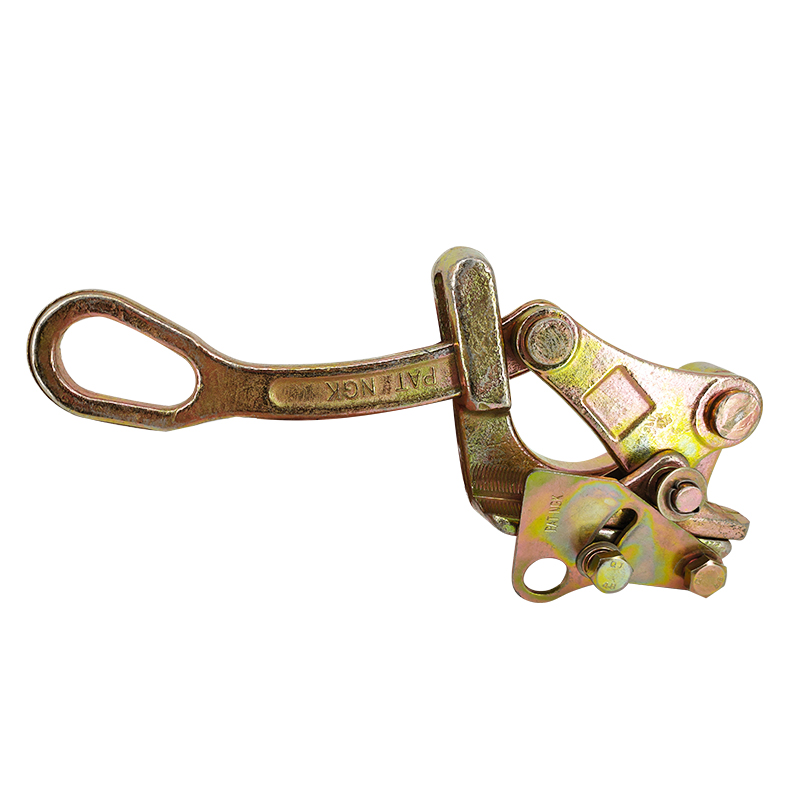
-
 Afrikaans
Afrikaans -
 Albanian
Albanian -
 Amharic
Amharic -
 Arabic
Arabic -
 Armenian
Armenian -
 Azerbaijani
Azerbaijani -
 Basque
Basque -
 Belarusian
Belarusian -
 Bengali
Bengali -
 Bosnian
Bosnian -
 Bulgarian
Bulgarian -
 Catalan
Catalan -
 Cebuano
Cebuano -
 Corsican
Corsican -
 Croatian
Croatian -
 Czech
Czech -
 Danish
Danish -
 Dutch
Dutch -
 English
English -
 Esperanto
Esperanto -
 Estonian
Estonian -
 Finnish
Finnish -
 French
French -
 Frisian
Frisian -
 Galician
Galician -
 Georgian
Georgian -
 German
German -
 Greek
Greek -
 Gujarati
Gujarati -
 Haitian Creole
Haitian Creole -
 hausa
hausa -
 hawaiian
hawaiian -
 Hebrew
Hebrew -
 Hindi
Hindi -
 Miao
Miao -
 Hungarian
Hungarian -
 Icelandic
Icelandic -
 igbo
igbo -
 Indonesian
Indonesian -
 irish
irish -
 Italian
Italian -
 Japanese
Japanese -
 Javanese
Javanese -
 Kannada
Kannada -
 kazakh
kazakh -
 Khmer
Khmer -
 Rwandese
Rwandese -
 Korean
Korean -
 Kurdish
Kurdish -
 Kyrgyz
Kyrgyz -
 Lao
Lao -
 Latin
Latin -
 Latvian
Latvian -
 Lithuanian
Lithuanian -
 Luxembourgish
Luxembourgish -
 Macedonian
Macedonian -
 Malgashi
Malgashi -
 Malay
Malay -
 Malayalam
Malayalam -
 Maltese
Maltese -
 Maori
Maori -
 Marathi
Marathi -
 Mongolian
Mongolian -
 Myanmar
Myanmar -
 Nepali
Nepali -
 Norwegian
Norwegian -
 Norwegian
Norwegian -
 Occitan
Occitan -
 Pashto
Pashto -
 Persian
Persian -
 Polish
Polish -
 Portuguese
Portuguese -
 Punjabi
Punjabi -
 Romanian
Romanian -
 Russian
Russian -
 Samoan
Samoan -
 Scottish Gaelic
Scottish Gaelic -
 Serbian
Serbian -
 Sesotho
Sesotho -
 Shona
Shona -
 Sindhi
Sindhi -
 Sinhala
Sinhala -
 Slovak
Slovak -
 Slovenian
Slovenian -
 Somali
Somali -
 Spanish
Spanish -
 Sundanese
Sundanese -
 Swahili
Swahili -
 Swedish
Swedish -
 Tagalog
Tagalog -
 Tajik
Tajik -
 Tamil
Tamil -
 Tatar
Tatar -
 Telugu
Telugu -
 Thai
Thai -
 Turkish
Turkish -
 Turkmen
Turkmen -
 Ukrainian
Ukrainian -
 Urdu
Urdu -
 Uighur
Uighur -
 Uzbek
Uzbek -
 Vietnamese
Vietnamese -
 Welsh
Welsh -
 Bantu
Bantu -
 Yiddish
Yiddish -
 Yoruba
Yoruba -
 Zulu
Zulu


Sep . 22, 2024 15:41 Back to list
connecting grounding rod to electrical panel
Connecting Grounding Rod to Electrical Panel A Guide
Grounding is a crucial aspect of electrical safety, playing a vital role in protecting both people and property from electrical surges and faults. Connecting a grounding rod to an electrical panel is an essential procedure for any electrical system, ensuring that excess electricity is safely dissipated into the ground. This article will explore the steps, significance, and best practices involved in this process.
Importance of Grounding
Before diving into the steps, it’s important to understand why grounding is necessary. Grounding provides a safe path for electrical current to flow during a fault, preventing damage to appliances and mitigating the risk of electrical shocks or fires. It also stabilizes voltage levels in the system, ensuring that electrical devices operate efficiently.
Materials Needed
To connect a grounding rod to an electrical panel, you will need - A grounding rod (typically made of copper or galvanized steel) - An appropriate grounding wire (usually copper) - Ground clamps (for securing the wire to the rod) - A grounding lugs (for attaching to the electrical panel) - A hammer or sledgehammer (for driving the rod into the ground) - A wrench or screwdriver (for securing connections)
Steps to Connect Grounding Rod to Electrical Panel
1. Choose the Right Location Select an appropriate location for the grounding rod. It should be in a dry area, away from any potentially conductive materials, and ideally, close to the electrical panel.
connecting grounding rod to electrical panel

2. Install the Grounding Rod Drive the grounding rod into the ground vertically, leaving a small portion above ground for connection. Generally, the rod should be at least eight feet long and should be buried in the ground.
3. Attach Ground Clamp Once the rod is in place, use a ground clamp to secure the copper grounding wire to the rod. Ensure the connection is tight and that there is good metal-to-metal contact for optimal conductivity.
4. Run the Grounding Wire Route the grounding wire from the ground rod to the electrical panel. Avoid sharp bends and pinches to maintain the integrity of the wire.
5. Connect to the Electrical Panel At the electrical panel, strip the end of the grounding wire and attach it to the grounding lug inside the panel. Secure the wire tightly to ensure a solid connection.
6. Check Connections After making the connections, double-check to ensure that everything is secure. Loose connections can lead to hazardous situations.
7. Test Grounding System Finally, it’s advisable to test the grounding system to ensure it is functioning correctly. This can be done using a multimeter or a dedicated grounding tester.
Conclusion
Connecting a grounding rod to an electrical panel is a fundamental step in establishing a safe electrical system. By properly grounding your electrical panel, you contribute to the overall safety and reliability of your electrical installations. If you are unsure about any steps or prefer professional assistance, it is always wise to consult a licensed electrician. Grounding not only protects your equipment but also ensures peace of mind in your electrical setup.
Latest news
What Are Construction Tools and How Are They Used?
NewsJul.11,2025
Professional-Grade Duct Rodding Tools for Superior Cable Installation
NewsJul.11,2025
Enhancing Safety and Efficiency with Modern Hot Stick Solutions
NewsJul.11,2025
Empowering Cable Installation with Advanced Rodder Solutions
NewsJul.11,2025
Elevate Your Cable Installation Projects with Cable Pulling Tools
NewsJul.11,2025
Efficient Cable Handling Solutions: Cable Rollers for Sale
NewsJul.11,2025











